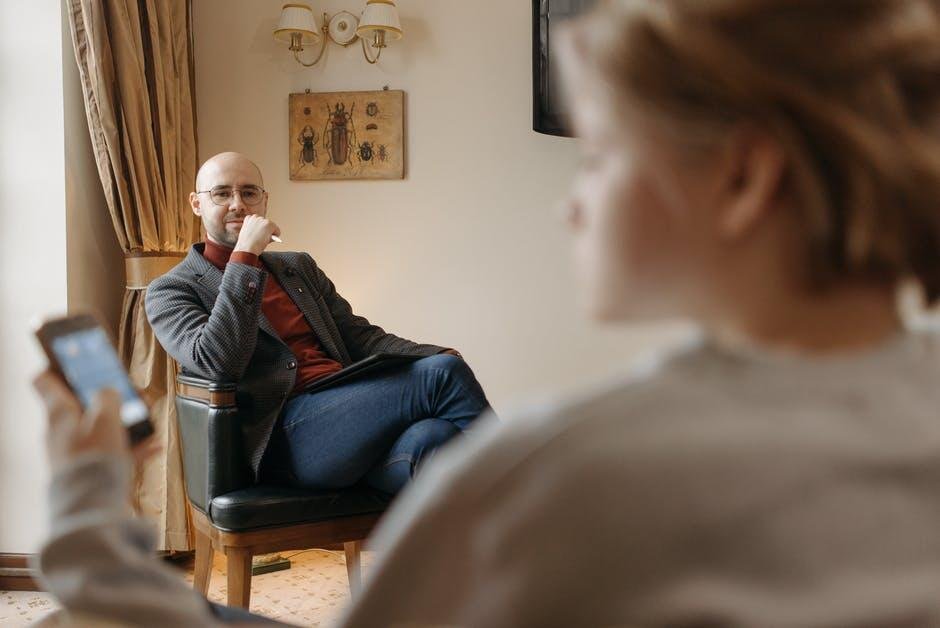General
Understanding the Process of Drug Rehabilitation

Did you know that the drug addiction treatment market is expected to reach $31.20 billion by 2032? This reflects the rising need for effective addiction recovery solutions.
Drug rehabilitation is a complex journey that deals with the challenges of addiction. Every year, millions struggle with substance abuse and feel stuck in a cycle they can’t escape. Learning about the rehab process is often the first step toward recovery.
In this article, you’ll discover the key stages of drug rehabilitation. We’ll explore how detox, therapy, and long-term support work together to promote healing. Read on to learn more.
The Importance of Detoxification
The first step in any drug rehabilitation program is detoxification, or detox. This is when the body begins to clear itself of harmful substances. It is a necessary foundation for the recovery process.
Detox can be physically challenging for many individuals. Withdrawal symptoms may appear and vary in intensity. Some people experience mild discomfort, while others face severe pain.
To help with this phase, many rehab centers offer medical detox programs. These programs use medications to ease symptoms. Medical staff also monitor individuals closely for safety.
Supervised detox ensures the person becomes physically stable. This stability is needed before starting therapy and counseling. Both are vital parts of long-term recovery.
Therapy and Counseling: The Heart of Recovery
Once detoxification is complete, the next crucial phase is therapy and counseling. Drug rehabilitation programs utilize various therapeutic approaches. Here are a few commonly used therapies in rehab settings:
Cognitive Behavioral Therapy (CBT)
CBT helps individuals recognize harmful thought patterns. It shows how thoughts affect feelings and actions. It builds awareness of personal triggers.
People learn coping skills they can use daily. They practice avoiding triggers and high-risk situations. These skills lower the chance of relapse.
CBT is widely used for many types of addiction. It fits well with individual and group therapy. Many studies support its effectiveness.
Group Therapy
Group sessions offer a safe space for sharing. People talk about their struggles and successes. This helps build trust and understanding.
The group setting encourages connection among participants. It helps reduce feelings of loneliness. Knowing others face similar challenges brings comfort.
Peer support is a key part of recovery. Members often motivate each other to keep going. This shared encouragement strengthens commitment to healing.
Family Therapy
Family therapy includes loved ones in the recovery journey. Their support can make a big difference. Everyone learns how to work together.
This approach focuses on relationship dynamics. It helps resolve conflicts and rebuild trust. Open communication is a key goal.
Involving family can lead to lasting recovery. It creates a strong support system at home. Healing becomes a shared effort.
Individual Counseling
Individual counseling provides one-on-one support. It offers a private space to talk freely. This setting builds trust between the person and therapist.
These sessions explore personal struggles in depth. Individuals can uncover the root causes of their addiction. Honest reflection is an important part of healing.
Therapists help set clear goals for recovery. They track progress and adjust the plan as needed. Ongoing guidance supports long-term success.
Creating a Customized Recovery Plan
Each person’s journey through drug rehabilitation is different. Because of this, a personalized recovery plan is essential. Rehab centers assess emotional and psychological needs to guide treatment.
Many factors shape the plan, such as the drug used and how long it was used. Personal background and life circumstances also matter. There is no single solution that fits everyone.
Throughout the rehab process, the plan is reviewed and adjusted. If challenges come up, changes can be made. This flexibility supports lasting recovery and better outcomes.
The Role of Aftercare
Aftercare is vital for maintaining recovery after rehab ends. It includes services like outpatient therapy, support groups, and sober living. Continued support helps individuals stay on track.
People in aftercare programs often have better long-term outcomes. Studies show they are more likely to remain sober. This highlights the value of structured follow-up care.
Sober living homes offer a strong transition after rehab. They promote accountability and a drug-free environment. Living with others in recovery builds daily support.
Finding the Right Facility: Why Location Matters
Choosing the right rehab facility greatly impacts the recovery journey. Key factors include therapy options, staff qualifications, and the overall environment. Location is also important, as accessibility can affect ongoing support.
Many individuals choose facilities close to home. Staying local allows them to remain near loved ones during treatment. This support often strengthens the recovery process.
Several inpatient Maryland rehabs offer specialized programs for various addictions. These programs are designed to meet individual needs and promote lasting change. Choosing a nearby facility ensures better access to support and care.
The Importance of Holistic Approaches
In addition to evidence-based treatments like CBT, many rehab centers use holistic methods. These include yoga, mindfulness, art therapy, and nutrition counseling. Holistic care supports both the mind and body.
These therapies help people manage emotions and reduce stress. They encourage healthy habits and self-awareness. This creates a stronger foundation for recovery.
Research shows that holistic approaches improve long-term results. They give people more tools to handle challenges and avoid relapse. Adding these methods can boost overall well-being.
Empowering Long-Term Recovery
Empowerment plays a vital role in lasting recovery. Rehab programs focus on building confidence and independence. The goal is to help individuals manage life without substance use.
These programs teach practical life skills. Topics often include job readiness, money management, and healthy relationships. Such skills support a smooth return to daily life.
By gaining knowledge and tools, individuals feel more prepared. They learn how to face challenges and avoid relapse. This support helps build a stable, sober future.
A Path to Lasting Wellness
The journey of drug rehabilitation can be difficult but life-changing. Each phase, from detox to aftercare, plays a key role in healing. Understanding the process helps people take the first steps toward recovery.
Personalized care, ongoing support, and holistic methods all work together. These elements promote not just sobriety but overall well-being. Asking for help is the first move toward a healthier, brighter future.
Are you interested in learning more about related topics? Check out the rest of our blog for more information.
-

 Celebrity1 year ago
Celebrity1 year agoWho Is Jennifer Rauchet?: All You Need To Know About Pete Hegseth’s Wife
-

 Celebrity1 year ago
Celebrity1 year agoWho Is Mindy Jennings?: All You Need To Know About Ken Jennings Wife
-

 Celebrity1 year ago
Celebrity1 year agoWho Is Enrica Cenzatti?: The Untold Story of Andrea Bocelli’s Ex-Wife
-

 Celebrity1 year ago
Celebrity1 year agoWho Is Klarissa Munz: The Untold Story of Freddie Highmore’s Wife
















